Top 21 Astronomical Events In 2021
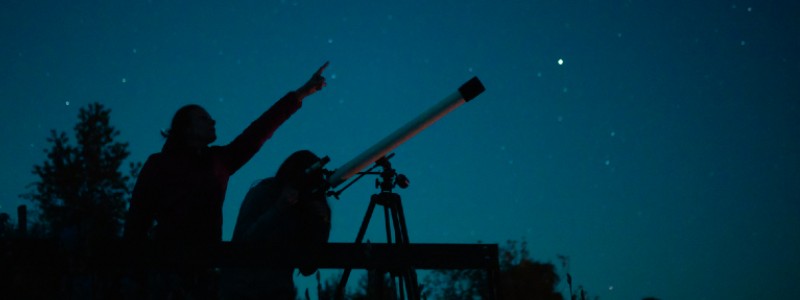
Ready for the new year? 2021 brings a fresh start. It’s also going to bring a lot of excitement in our skies, so mark your calendars!
To learn more about the cosmos, you can join Chabot astronomers for Virtual Telescope Viewings every Saturday night at 9 p.m. PST. Each week, we provide free, virtual viewings through our most powerful telescope.
Here is our list of stellar astronomical events to look forward to this year:
Winter

Photo: Lamberto Sassoli
Quadrantids Meteor Shower
January 2-3
We are starting the new year off with the Quadrantids Meteor Shower. Meteors will radiate from the constellation Boötes. This shower will produce 40 meteors an hour at its peak. The best viewing will be from a dark location after midnight — what a radiant and stellar way to start off the new year!
Mercury’s Greatest Elongation
January 24
Curious about our neighbor planet? Mercury will be at its highest point in the sky. This is the perfect opportunity to check out our neighbor. Mercury reaches its greatest eastern elongation from the Sun. Look to the west just after sunset to catch it!

Photo: Mars Landing Site by NASA/JPL
Landing of NASA’s Mars 2020 Perseverance Rover
February 18
All aboard the Perseverance Rover! The Perseverance Rover will be landing in the Jezero crater on Mars after months of preparation. The 28-mile-long Jezero crater was once a lake, which scientists believe could be linked to ancient microbial life. Perseverance will collect samples from Jezero to potentially answer the question: was there ever life on Mars? You’ve got to see this!
Spring
 Vernal Equinox
Vernal Equinox
March 20
Happy spring to our friends in the Northern Hemisphere! And happy fall to our friends in the Southern Hemisphere! On this day, the Sun will shine directly on the equator and there will be nearly equal amounts of day and night throughout the world.
Lyrids Meteor Shower
April 22-33
The Lyrids Meteor Shower will radiate from the constellation Lyra. It will peak on a night when the moon is 68% full, making it a bit harder to see the meteors against the moonlit sky. However, these meteors can potentially produce brightly-colored dust trails. The best time to view this shower is past midnight in a dark location. When the Earth passes through a comet dust trail, it produces meteor showers. That’s why we usually see meteors after midnight because in the early hours of the morning, the earth is moving into that dust trail.
Supermoon
April 27
The Moon will be especially close to the Earth and may look slightly larger and brighter than usual. This is the first of three supermoons for 2021!

Photo: Stephen Mudge
Eta Aquarids Meteor Shower
May 6-7
Best seen from the Southern Hemisphere, the Eta Aquarid will produce up to 60 meteors an hour and 30 an hour in the Northern Hemisphere. It’s produced by dust particles left behind by the comet Halley, which has been observed since ancient times. The meteors radiate from the constellation Aquarius and the best sighting will be after midnight in a dark location.
Supermoon/Lunar Eclipse
May 26
A total lunar eclipse occurs when the Moon passes completely through the Earth’s dark shadow, or umbra. When this happens, the Moon will gradually get darker and then take on a rusty color, earning the nickname the Blood Moon.
Resident astronomer, Ben Burress, says that “just like the light of a sunset or sunrise, which is heavily filtered by the light’s passage through a long stretch of atmosphere, the light is reddened as bluer tones are filtered out, or scattered. In fact, you can say that the red light shining on the Moon comes from all the sunsets taking place on Earth at that moment.”
Now this is the ultimate sunset of all time!
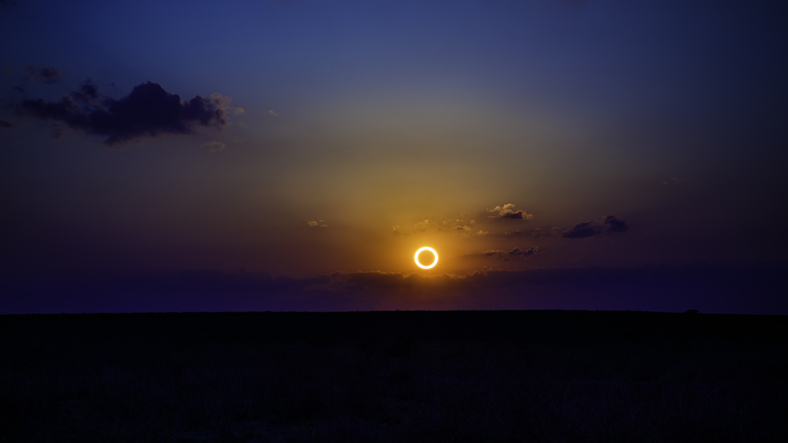
Annular Solar Eclipse
June 10
On June 10, 2021, an annular, or “ring of fire,” solar eclipse will occur in Canada, Greenland and Russia. To experience the “ring of fire,” phase of the eclipse, you must be located within the narrow path of annularity. Areas outside the path will get a partial solar eclipse. Luckily for us in the Northern Hemisphere, we’ll be able to catch this solar eclipse and admire this astronomical wonder!
Summer
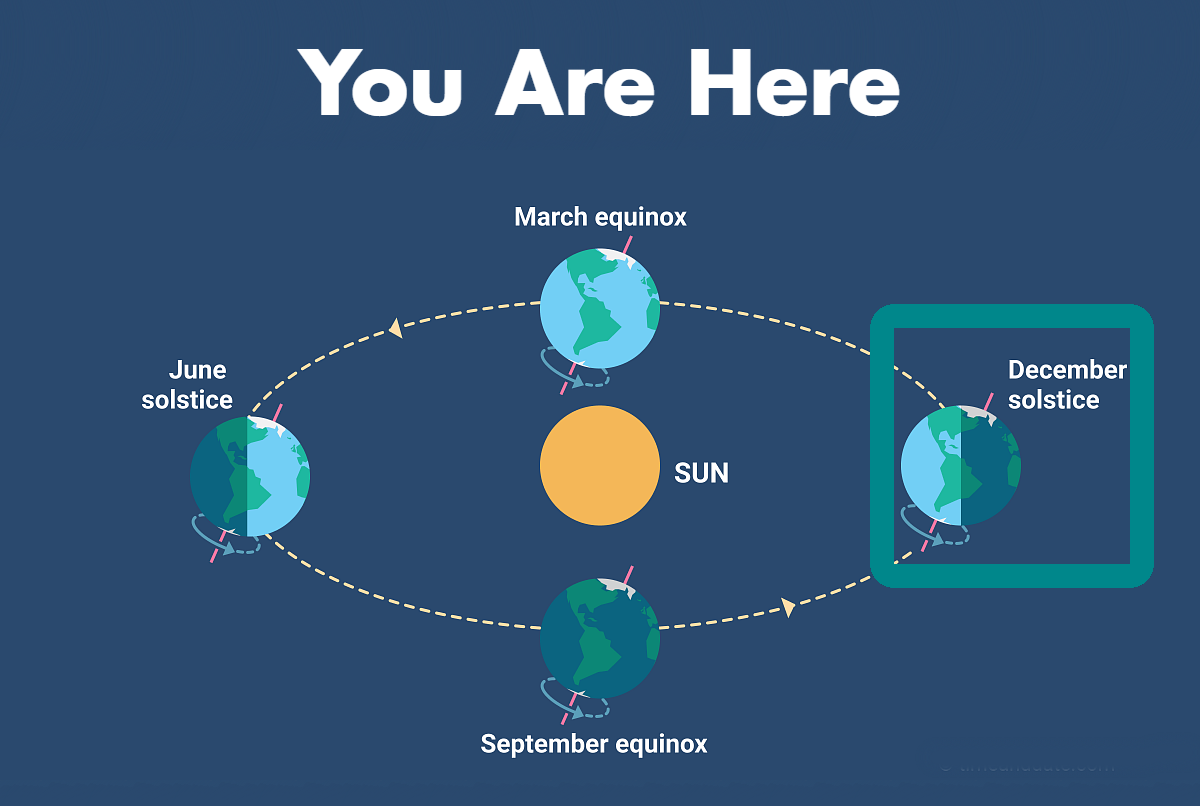 Summer Solstice
Summer Solstice
June 21
June 21 marks the first day of summer for the Northern Hemisphere and first day of winter for the Southern Hemisphere. Time to pack your skis or swimsuits depending on where you are!
Delta Aquarids Meteor Shower
July 28-29
Another meteor shower seen best from the Southern Hemisphere, the Southern Delta Aquariids will produce up to 30 meteors an hour. It is produced by debris left behind by comets This shower occurs when the Earth passes through the stream of debris left behind by Comet 96P/Machholz.

Photo: Patrick Higgins
Perseid Meteor Shower
August 12-13
Get ready for the biggest shower of the year! The Perseids is a stunning annual show and one of the best meteor showers to observe. This show is stellar anywhere in the world! It produces up to 60 meteors per hour at its peak. It is produced by comet Swift-Tuttle, which was discovered in 1862. The Perseids are famous for producing a large number of bright meteors. In addition to the Perseids, you’ll even be able to catch some Delta Aquarids from last month. The waxing crescent moon will set early in the evening, leaving dark skies for what should be a perfect summer evening. Grab your chair and some friends, and get ready for the show of the year!
Blue Moon
August 22
Typically, we only experience one full moon a month. Once in a blue moon, there will be a blue moon! The extra full moon of the month has coined the nickname ‘blue moon’. This happens on average once every 2.7 years. The Moon will be located on the opposite side of the Earth as the Sun and its face will be fully illuminated.
Fall
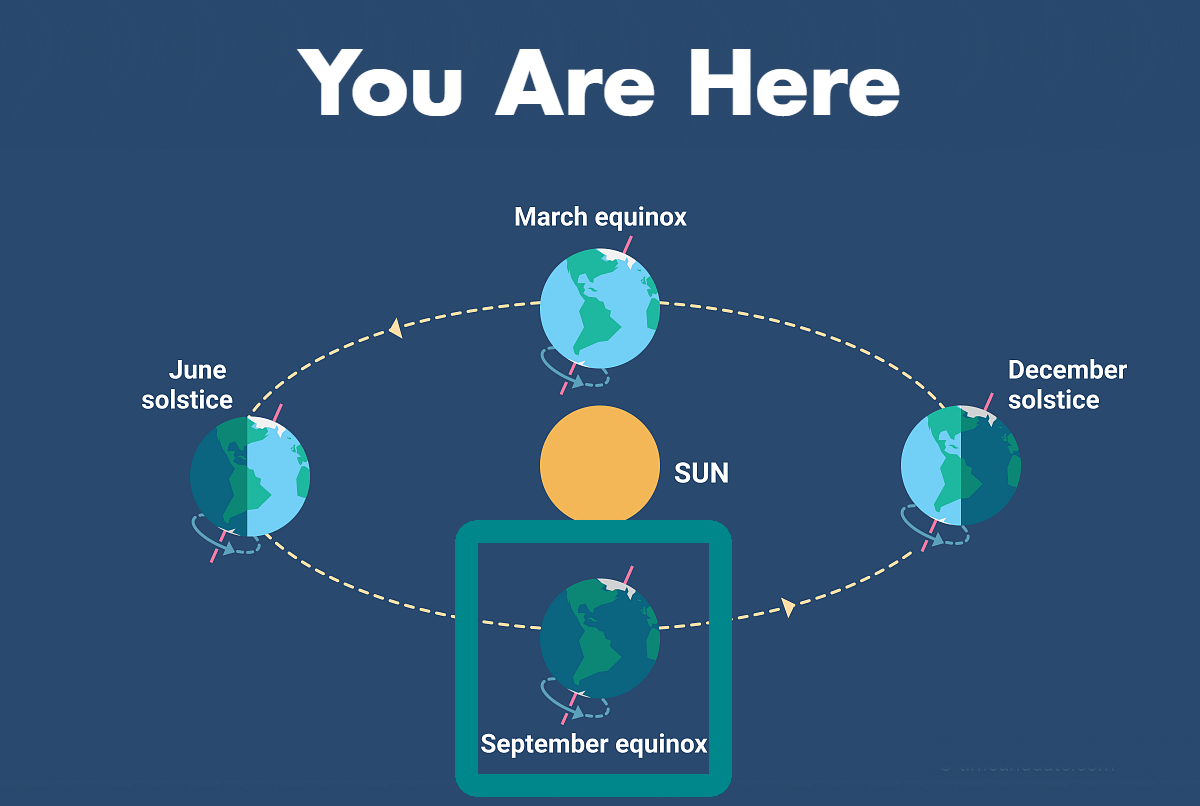 Autumn Equinox
Autumn Equinox
September 22
Time for fall in the Northern Hemisphere and spring in the Southern Hemisphere! The Sun will shine directly on the equator and there will be nearly equal amounts of day and night throughout the world.
Draconid Meteor Shower
October 7
Most showers require staying up late or getting up well before dawn to catch the best part of the show, but the Draconids are a rare sight. The best time to catch the Draconid shower is the early evening around dinner time! The Draconids is a minor meteor shower, producing only about 10 meteors per hour. It is produced by dust grains left behind by comet 21P Giacobini-Zinner, which was first discovered in 1900.
Launch of NASA’s Spacecraft Lucy
October 16

Photo: Southwest Research Institute
Curious about life and matter beyond Earth? You’ll want to tune in for this! Lucy is the first space mission to study the Trojan asteroids. The mission takes its name from the fossilized human ancestor called Lucy. This mission will revolutionize our knowledge of planetary origins and the formation of the solar system.
Clusters of the Trojan asteroids are associated with Jupiter. They are thought to be from the very beginning of time. These primitive bodies hold vital clues to exploring the history of the Solar System, and perhaps even the origins of organic material on Earth. For more info, visit https://www.nasa.gov/lucy.
Partial Lunar Eclipse
November 19
A partial lunar eclipse occurs when the Earth moves between the Sun and Moon, but the three do not move in a straight line. A small part of the Moon’s surface becomes covered by the darkest, central part of the Earth’s shadow. There will remain one bright sliver at the edge, but the Moon will become considerably darker. It will start before midnight on November 18 and continue into the early morning.
Total Solar Eclipse
December 4
A total solar eclipse occurs when the moon completely blocks the Sun, revealing the Sun’s beautiful outer atmosphere known as the corona. There will be a brief moment during our day where the sky will be dark as night. During a total eclipse of the Sun, the Moon covers the entire disk of the Sun. Approximately once every 18 months (on average) a total solar eclipse is visible from some place on the Earth’s surface. Remember to protect your eyes on this day, the sun’s rays will be especially strong. NASA recommends using eclipse glasses or level 14 welding glasses.

Photo: Jeff Sullivan
Geminids Meteor Shower
December 13-14
With an average of 120 multicolored meteors per hour, this is a shower you got to catch! This year, the waning Gibbous moon will be in the sky during prime meteor-watching time, so its light may drown out some of the fainter meteors. Despite this, the Geminids are so numerous and bright that a great shower is very possible. Best viewing will be from a dark location with low light pollution after midnight.
Winter
 Winter Solstice
Winter Solstice
December 21
End the year with the final season change. The Northern Hemisphere will move to winter and the Southern Hemisphere will transition to summer.
Full Moons of the Year
The astronomical events of 2021 will be sure to leave you amazed. Remember that every month we welcome a new moon cycle and full moon. This is a great opportunity every month to take a moment to admire and enjoy our glorious lunar neighbor!
January 28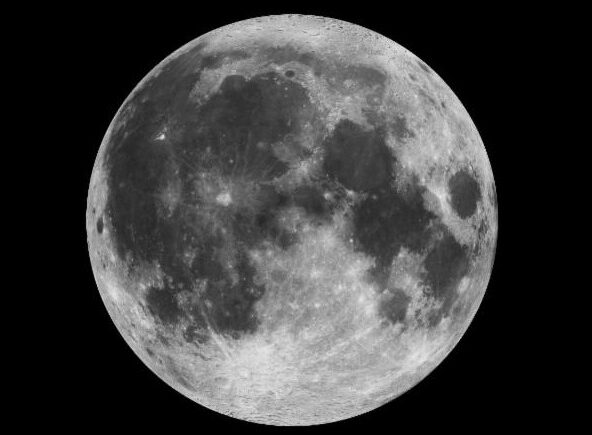
February 27
March 28
June 24
July 23
September 20
October 20
November 19
December 18




